In Hong Kong SAR (China), many people are not aware of the risk of drowning before partaking in water-based activities or overlook hazards such as adverse weather conditions or inadequate swimming skills. Every year, around 40 people drown in Hong Kong.
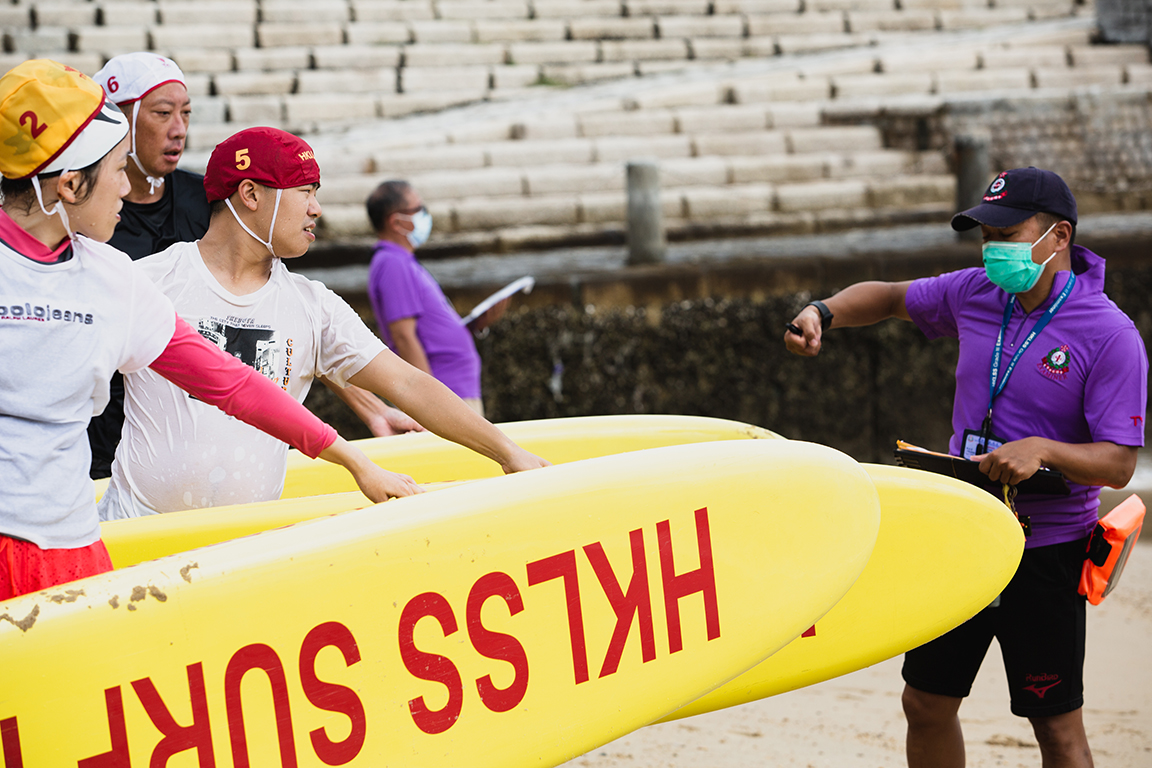
Caption: Participants in Hong Kong Life Saving Society’s lifesaver training programme listen to an instructor give directions prior to an exam. ©WHO/U. Chan
Recently, the Hong Kong SAR Government published its first Hong Kong Drowning Report to understand the demographic characteristics and scenarios of drowning incidents in the region in order to develop more targeted drowning prevention activities.
“The number of deaths due to drowning in Hong Kong is small compared with other major types of injuries, but the fatality rate of drowning cases is remarkably high,” says Constance Chan Hon-Yee, Director of Health of the Hong Kong SAR Government.
Thanks to this new research, the Department of Health has recommended various drowning prevention activities including swimming lessons and first aid training for the general public, enhanced community awareness of drowning risks, and more preparation, supervision and weather planning for water users.
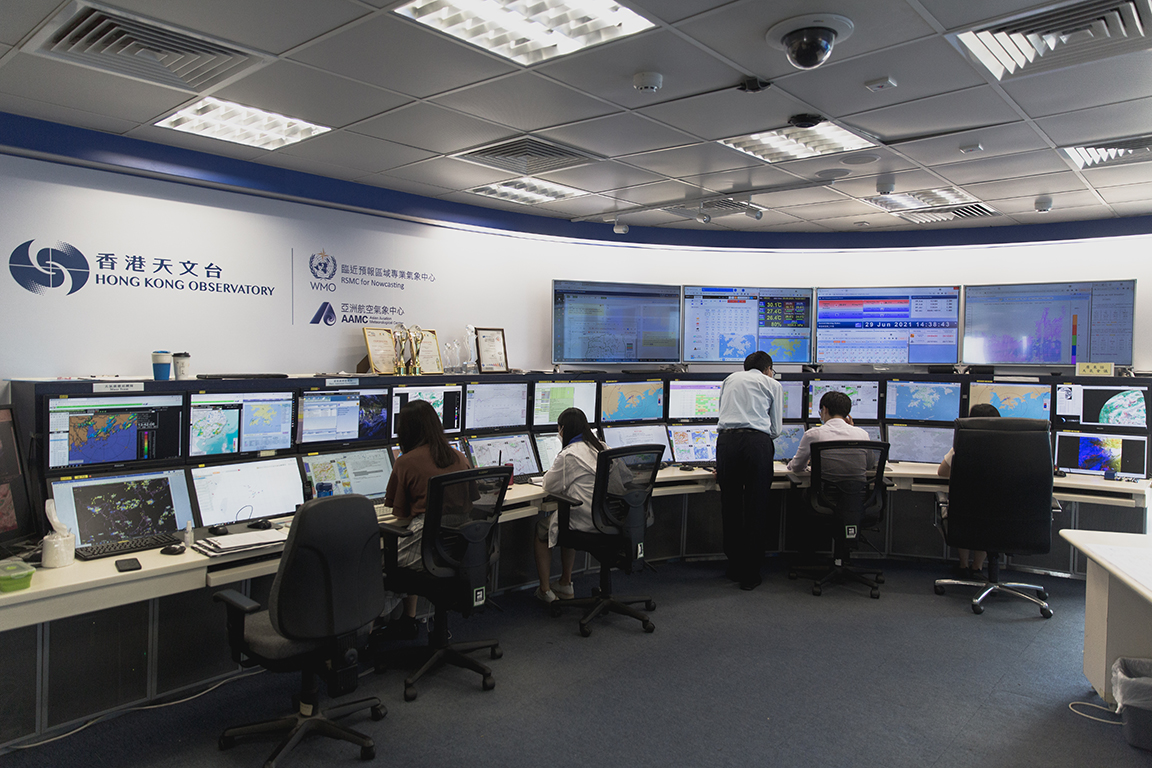
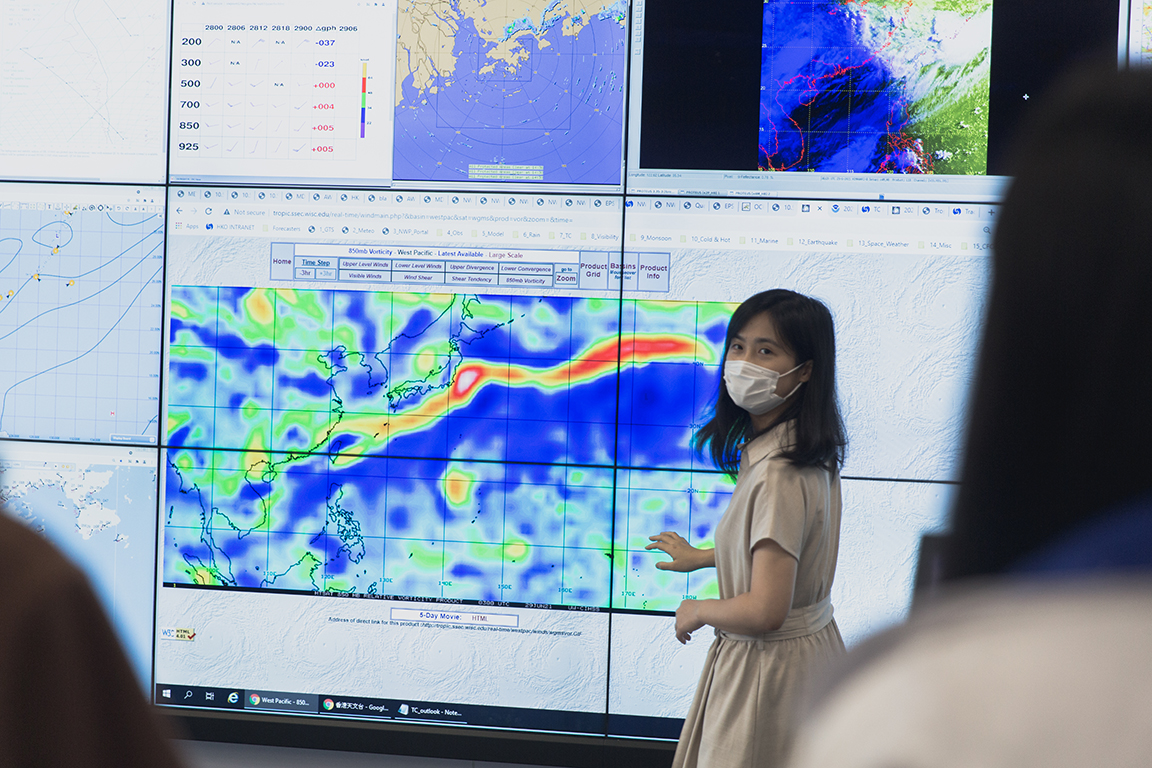
Caption: (Top) Inside the Hong Kong Observatory, scientists provide round-the-clock weather forecasting services to the public. (Bottom) Tam Hiu Ching, scientific officer and weather broadcaster at the Hong Kong Observatory, reviews meteorological data with colleagues. ©WHO/U. Chan
Forecasting adverse weather events
Since nearly half of drowning incidents in Hong Kong occur on a day with adverse weather events, such as tropical cyclones, thunderstorms or rainstorms, the Hong Kong Observatory (HKO) works 24 hours a day to send timely and precautionary weather alerts to the public.
The forecasting team at the Observatory continuously study meteorological data and computer-generated models to predict when adverse weather conditions are expected so they can send early alerts through radio, mobile phones, and television broadcasts. For example, a tropical cyclone warning may read: “There will be swells. You are advised to stay away from the shoreline and not to engage in water sports”.
Without HKO's warning and precautionary message on swells, people may not be aware of adverse weather, especially when storms are still far offshore, and may be tempted to go swimming or perform other water sports.

Caption: "MyObservatory" developed by HKO is a weather app commonly used by people living in Hong Kong. It provides the latest weather conditions, including location-based rainfall forecast within one to two hours and emergency weather alerts. ©WHO/U. Chan
Tam Hiu Ching, scientific officer and weather broadcaster at HKO, said working in the Observatory has given her the chance to have very close contact with members of the public through sharing scientific knowledge about the weather.
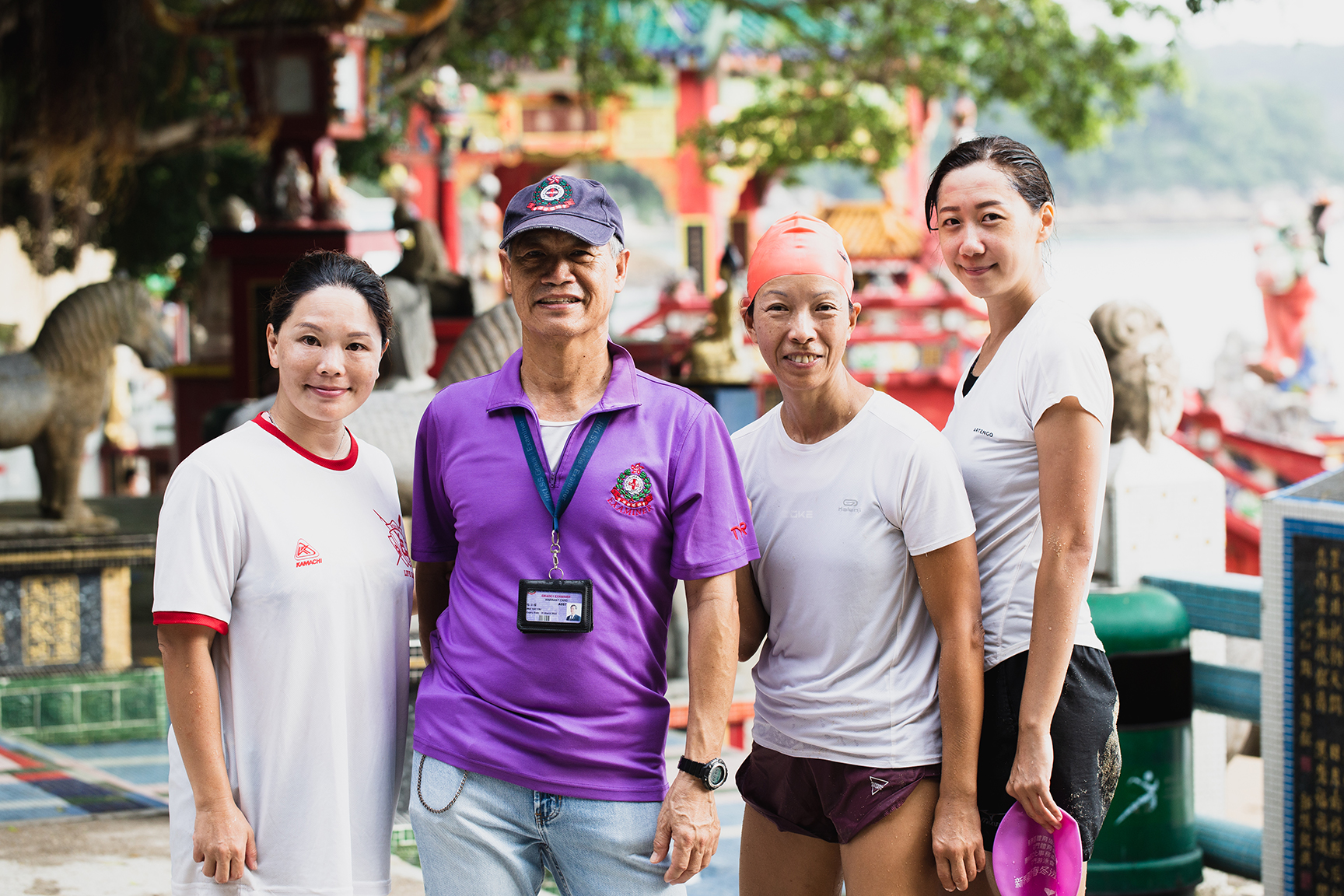
Caption: Hong Kong Life Saving Society examiner Mui Yet You (second from left) with lifesaver trainees (from left to right) Choi Ka Kei, Kowk Po Kuen and Ko Sin Mei. ©WHO/U. Chan
The Hong Kong Life Saving Society (HKLSS), a voluntary organization established in 1956, works to educate people about the importance of water safety, provides lifesaving training and credentialing, and promotes lifesaving as a sport. HKLSS also collaborates with district lifesaving clubs and local pools to develop lifesavers to oversee the public’s safety.
Aimed at drowning prevention, the Society encourages everyone to participate in advocating water safety, lifesaving training, examinations and competitions in order to increase public awareness of water safety.
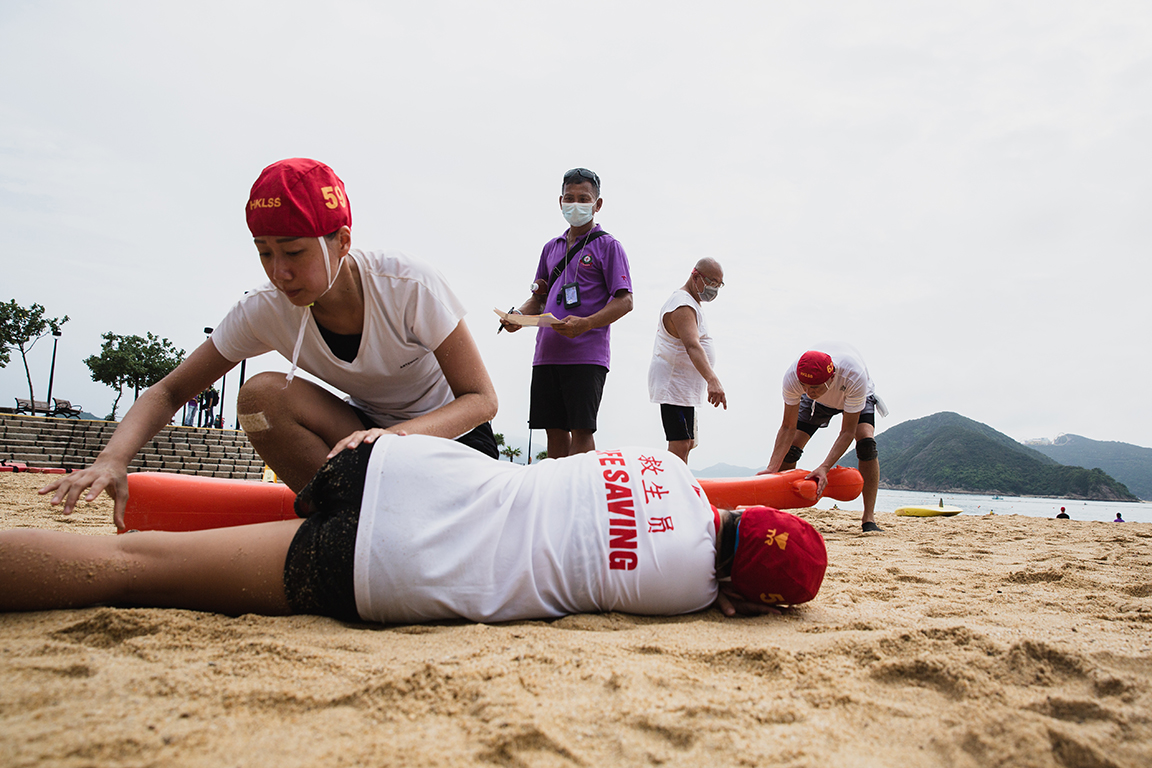
Caption: Lifesaver candidates perform basic patient management techniques, including placing casualties in recovery position. ©WHO/U. Chan
Beyond general lifeguarding certifications, the Society also teaches the latest lifesaving techniques including jet ski rescue, aquatic first aid, acupressure first aid and international competition referee training, to name a few.
To date, more than 33 000 lives have been saved by lifesavers trained by the Society, and there are more than 100 affiliated clubs and over 10 000 people involved actively in Hong Kong SAR (China).




